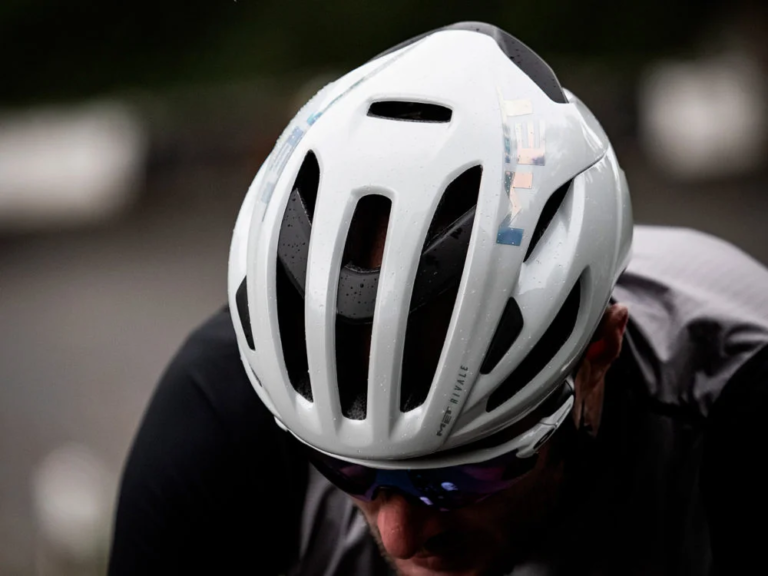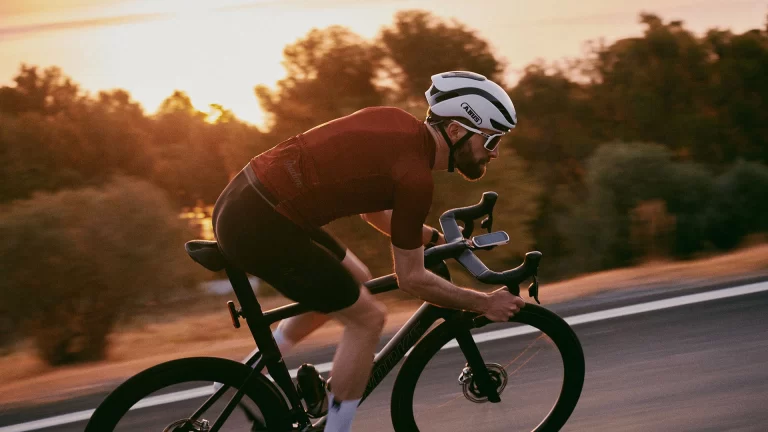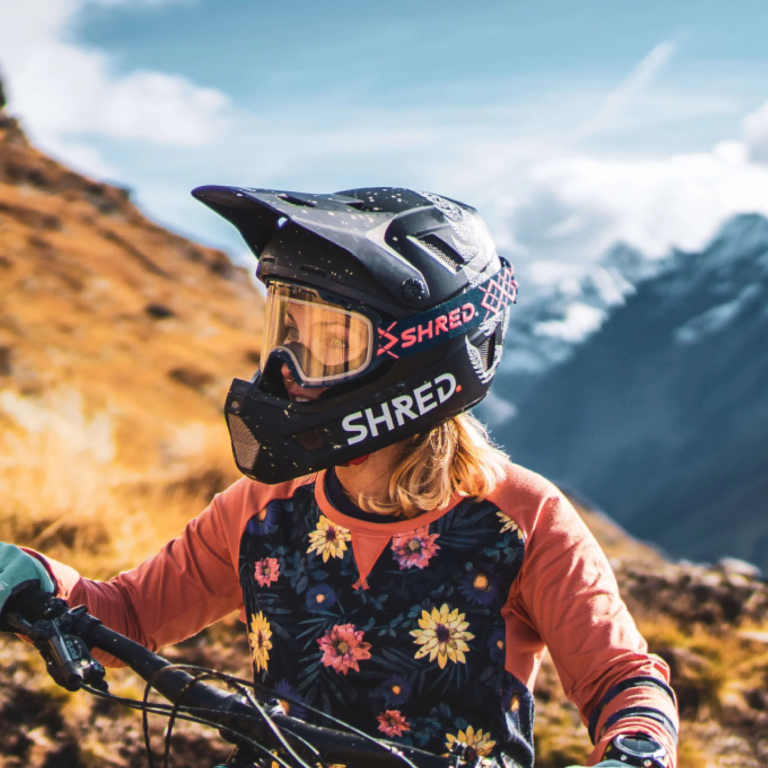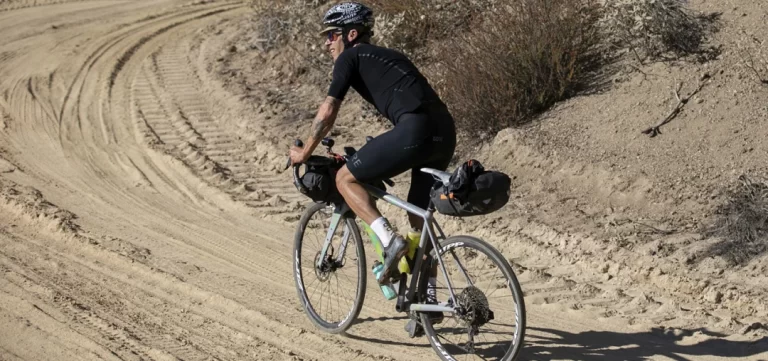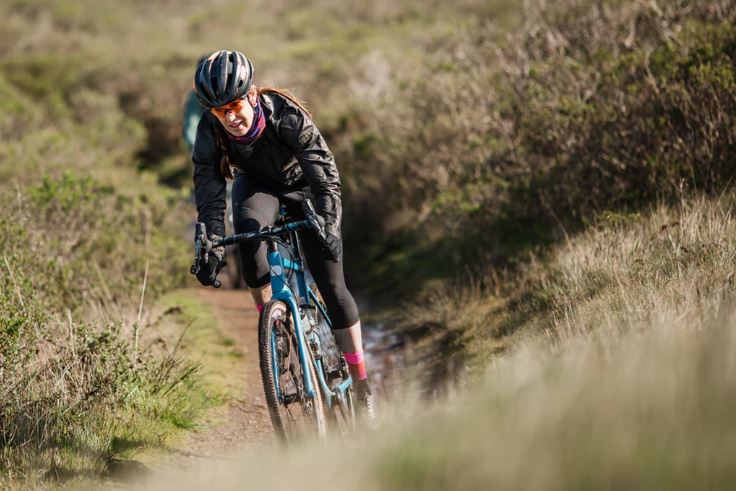The Essential Guide to Helmet Liners for Gravel Biking: Comfort, Hygiene, and Hair Care

Key Point Summary of Helmet Liners for Gravel Biking:
- Necessity of Wearing Helmet Liners: Examining the impact of helmet liners on comfort, helmet longevity, and hair care.
- Helmet and Hair Maintenance: Insights into how liners protect both your helmet and hair during long rides.
- Personal Experience and Recommendations: Sharing my experiences as a seasoned cyclist on the benefits of helmet liners.
As a cyclist who has ventured into the realms of mountain, gravel, and cyclocross biking, I’ve learned that the right gear can make a significant difference in your riding experience. Today, I want to talk about an often-overlooked accessory that can greatly enhance your gravel biking adventures – helmet liners. Suitable for cyclists with beginner to mid-level experience, understanding the role of gravel helmet liners is key to a more comfortable and hygienic ride.
The Role of Gravel Helmet Liners
Helmet liners are more than just a piece of fabric inside your helmet. They serve as a critical barrier between your head and the helmet, providing additional comfort and helping to maintain hygiene. Gravel biking, known for its off-road trails and unpredictable terrains, can be particularly challenging, making the need for a good helmet liner even more essential.
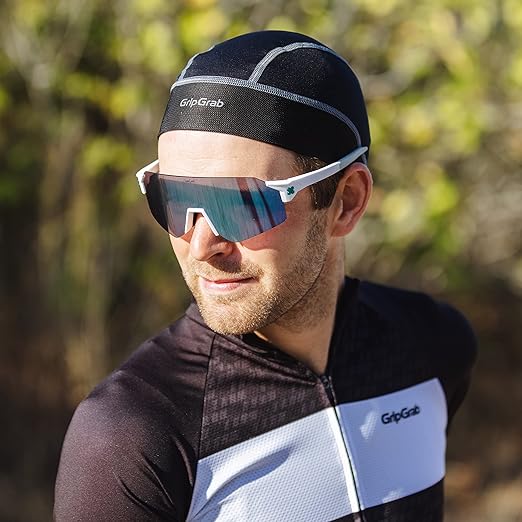
Is It Necessary to Wear Helmet Liners?
In short, yes, especially in gravel biking. Helmet liners are not just about comfort; they play several vital roles:
- Protecting Your Helmet: Liners act as a barrier between your sweat and the helmet’s material. Sweat, with its salts and oils, can degrade the inner materials of your helmet over time. By absorbing sweat, liners help prolong the life of your helmet.
- Hair and Scalp Care: For those with longer hair, liners can prevent tangling and matting caused by the helmet. They also protect the scalp from friction and pressure points, which can be crucial on longer rides.
- Enhanced Comfort and Hygiene: Liners provide a soft layer that can prevent chafing and discomfort. They are also easier to clean than the helmet itself, ensuring better hygiene.
Helmet and Hair Long Maintenance
Maintaining both your helmet and hair in good condition is an often overlooked aspect of cycling:
- Helmet Longevity: A well-maintained helmet liner can absorb a significant amount of sweat and oils, which would otherwise seep into the helmet padding. This not only keeps the helmet cleaner but also prevents the breakdown of the padding materials.
- Hair Health: As someone with medium-length hair, I’ve found that wearing a liner reduces hair damage. It minimizes the friction that can lead to breakage, especially when combined with the sweat and dust commonly encountered on gravel rides.
Personal Experiences with Helmet Liners
From my numerous gravel biking adventures, helmet liners have been a game-changer. On one particular day-long ride, my helmet liner not only kept the sweat out of my eyes but also left my hair relatively unscathed, which was a pleasant surprise at the end of a dusty, sweaty journey.
Additional Tips for Choosing Helmet Liners
- Breathability is Key: Opt for liners that allow your scalp to breathe, especially important on hot days.
- Fit and Comfort: Ensure the liner fits well under your helmet without bunching up or altering the helmet’s fit.
- Ease of Cleaning: Look for liners that are machine washable for easy maintenance.
Choosing the Right Helmet Liner
When it comes to selecting helmet liners for gravel biking, there are a few key factors to consider:
- Material Matters: Look for breathable, moisture-wicking materials that keep sweat away and dry quickly. Materials like microfiber polyester are excellent choices.
- Fit and Compatibility: Ensure the liner fits snugly within your helmet. It shouldn’t alter the fit of your helmet but should complement it.
- Ease of Maintenance: Choose liners that are easy to clean and quick to dry. Removable and washable liners are a plus for frequent riders.
- Seasonal Considerations: In colder weather, a slightly thicker liner can provide additional warmth, while in summer, a thinner, more breathable liner is preferable.
Additional Tips for Gravel Cyclists
- Regular Replacement: Replace your helmet liner periodically to maintain its effectiveness.
- Trial and Error: Don’t hesitate to try different liners to find what works best for you.
- Consult Fellow Cyclists: Talk to other gravel biking enthusiasts for recommendations and insights.
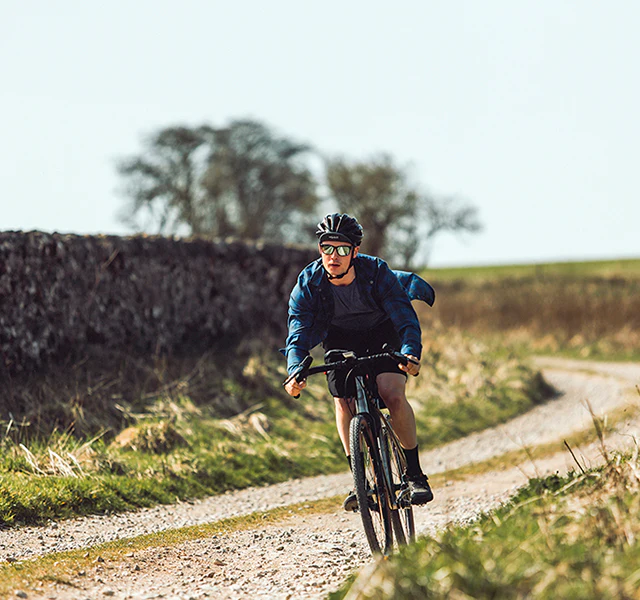
Comfort on Rough Terrains
One of the first things you’ll notice with a quality helmet liner is the added comfort. Gravel trails can be unforgiving, with constant vibrations and jolts. A good liner helps to cushion your head, reducing the impact of these rough conditions. I remember a particularly rugged trail where the extra padding from my helmet liner made a noticeable difference in reducing fatigue.
Hygiene: A Cyclist’s Best Friend
Cycling, especially gravel biking, is an intense workout, and sweating is inevitable. Helmet liners play a crucial role in absorbing sweat, keeping it away from your eyes, and ensuring better visibility. They also make it easier to maintain helmet hygiene, as liners can be easily removed and washed, a feature I’ve found invaluable during long, hot summer rides.
Choosing the Right Helmet Liner
When it comes to selecting helmet liners for gravel biking, there are a few key factors to consider:
- Material Matters: Look for breathable, moisture-wicking materials that keep sweat away and dry quickly. Materials like microfiber polyester are excellent choices.
- Fit and Compatibility: Ensure the liner fits snugly within your helmet. It shouldn’t alter the fit of your helmet but should complement it.
- Ease of Maintenance: Choose liners that are easy to clean and quick to dry. Removable and washable liners are a plus for frequent riders.
- Seasonal Considerations: In colder weather, a slightly thicker liner can provide additional warmth, while in summer, a thinner, more breathable liner is preferable.
FAQ
What is the purpose of a helmet liner?
To enhance comfort in gravel biking, a helmet liner specifically helps by absorbing excess sweat typical in rougher terrain, reduces friction against the scalp from the helmet’s constant movement on uneven surfaces, and keeps the helmet interior cleaner despite dusty or muddy conditions.
How can I make my bike helmet more comfortable?
To make your bike helmet more comfortable, ensure it fits properly, adjust the straps for a snug fit, consider adding or adjusting padding, and use a helmet liner for sweat absorption and reduced friction.

Final Thoughts
In conclusion, wearing a helmet liner while gravel biking is more than just a comfort accessory; it’s a necessity for maintaining both your helmet’s and your hair’s health. The added comfort and hygiene benefits are bonuses that enhance the overall biking experience. As an experienced cyclist, I highly recommend incorporating a helmet liner into your gear, not only for the immediate benefits during your rides but also for the long-term care of your equipment and yourself.
When choosing a helmet liner for gravel biking, there are several excellent options available, each tailored to different needs and preferences. For managing heavy sweating, the SweatHawg Helmet Liner is highly effective. If you’re looking for something that combines the functionality of a helmet liner with the style of a bandana, the Halo Headband Protex Bandana is an excellent choice, equipped with a patented Sweat Seal Grip Technology to channel sweat away from the eyes and face.
For versatile use, not specifically made for cycling but fitting well under helmets and great at moisture-wicking, the Under Armour Men HeatGear Tactical Hood is a strong contender. The Pearl Izumi – Ride Transfer Lite Skull Cap, on the other hand, is perfect for both hot and cool weather, offering a lightweight and moisture-wicking cap with a minimalistic design. If you’re biking in colder weather, the Smartwool Merino Wool Cuffed Beanie, made from Merino wool, offers warmth, comfort, and natural sweat-wicking properties.
It’s important to match your helmet liner with the right helmet model to enhance both comfort and functionality. For example, pairing the Castelli Summer Skullcap with the Giro Synthe MIPS Helmet works well for warm-weather riding due to its combined lightweight and breathable design. For cooler conditions, the Gore Wear M Windstopper Helmet Cap pairs well with the POC Ventral Air SPIN Helmet, accommodating the extra layer without compromising fit. These pairings are based on the compatibility of the liners with the helmets in terms of fit, function, and the intended cycling conditions
John

